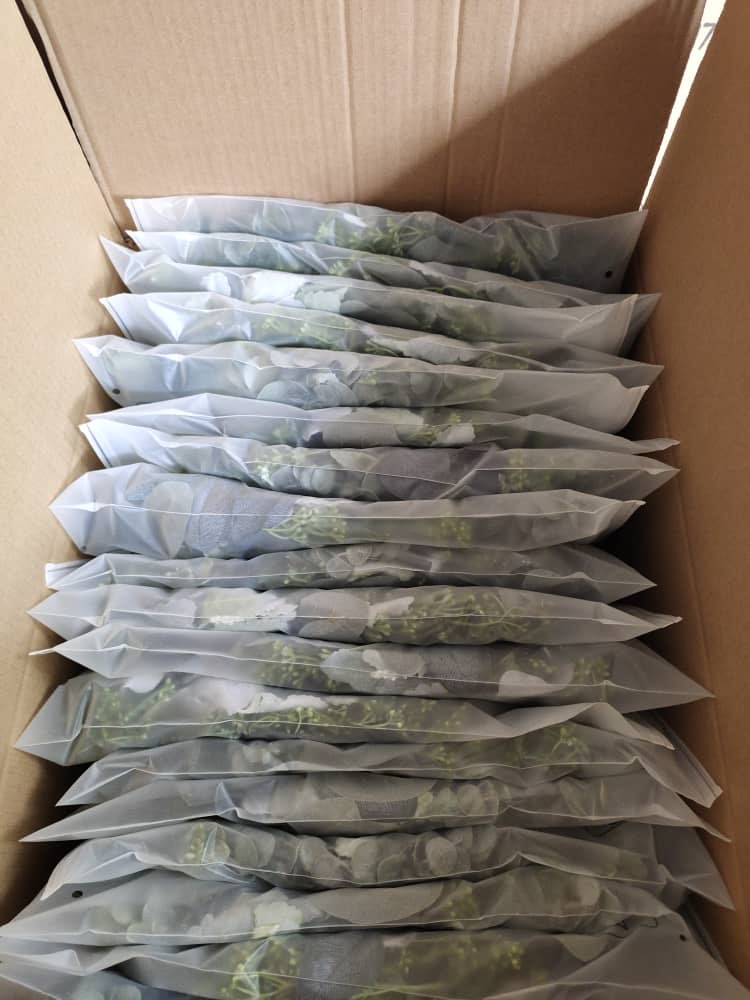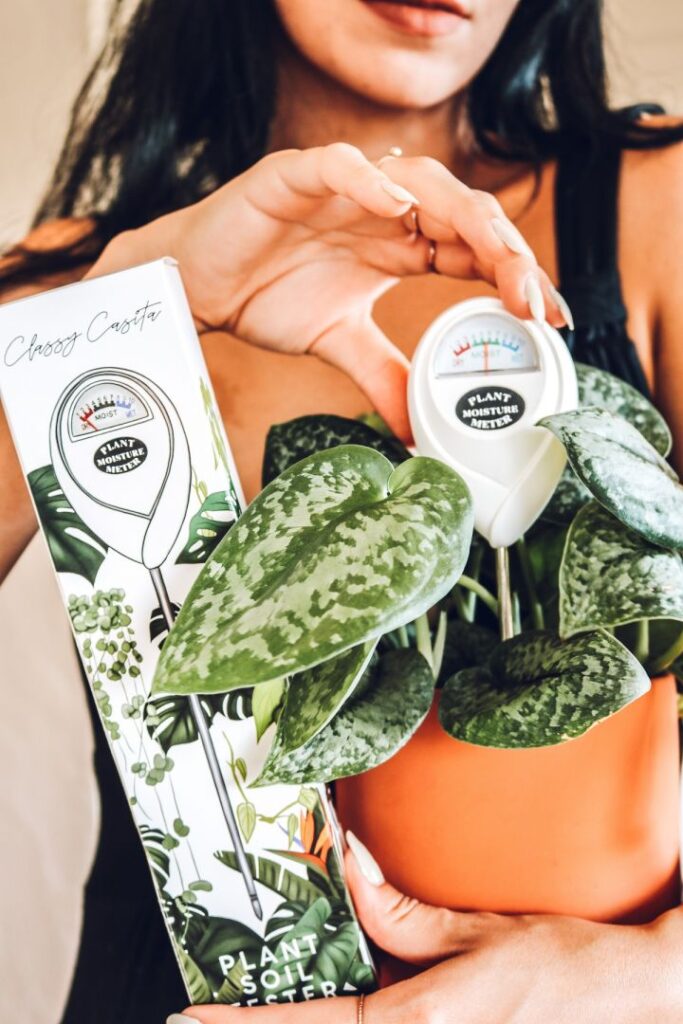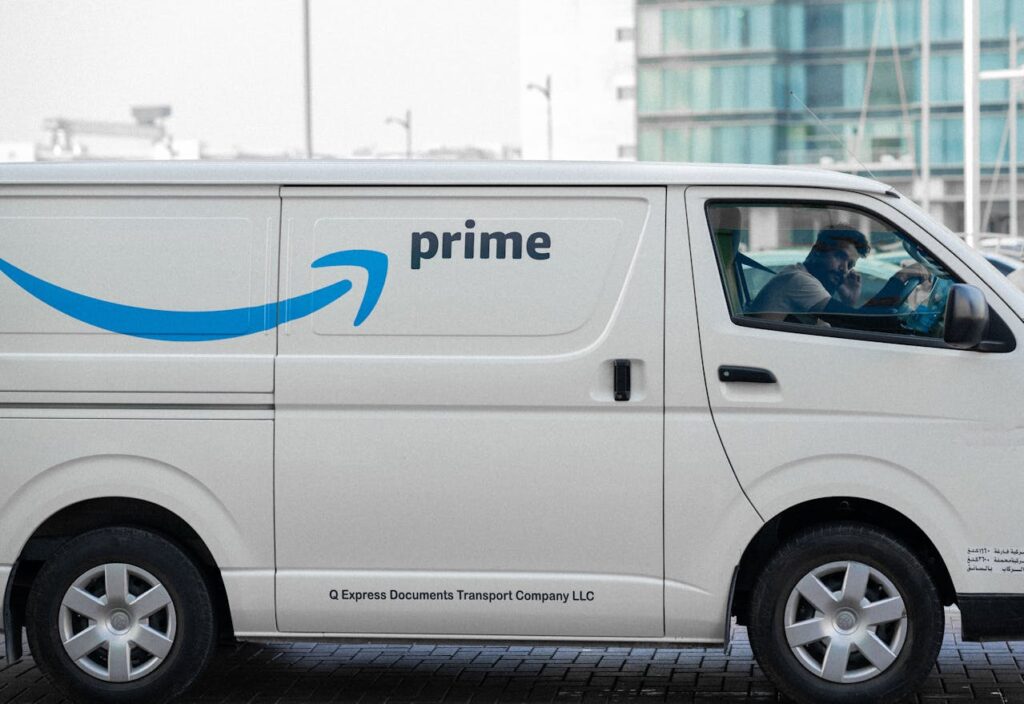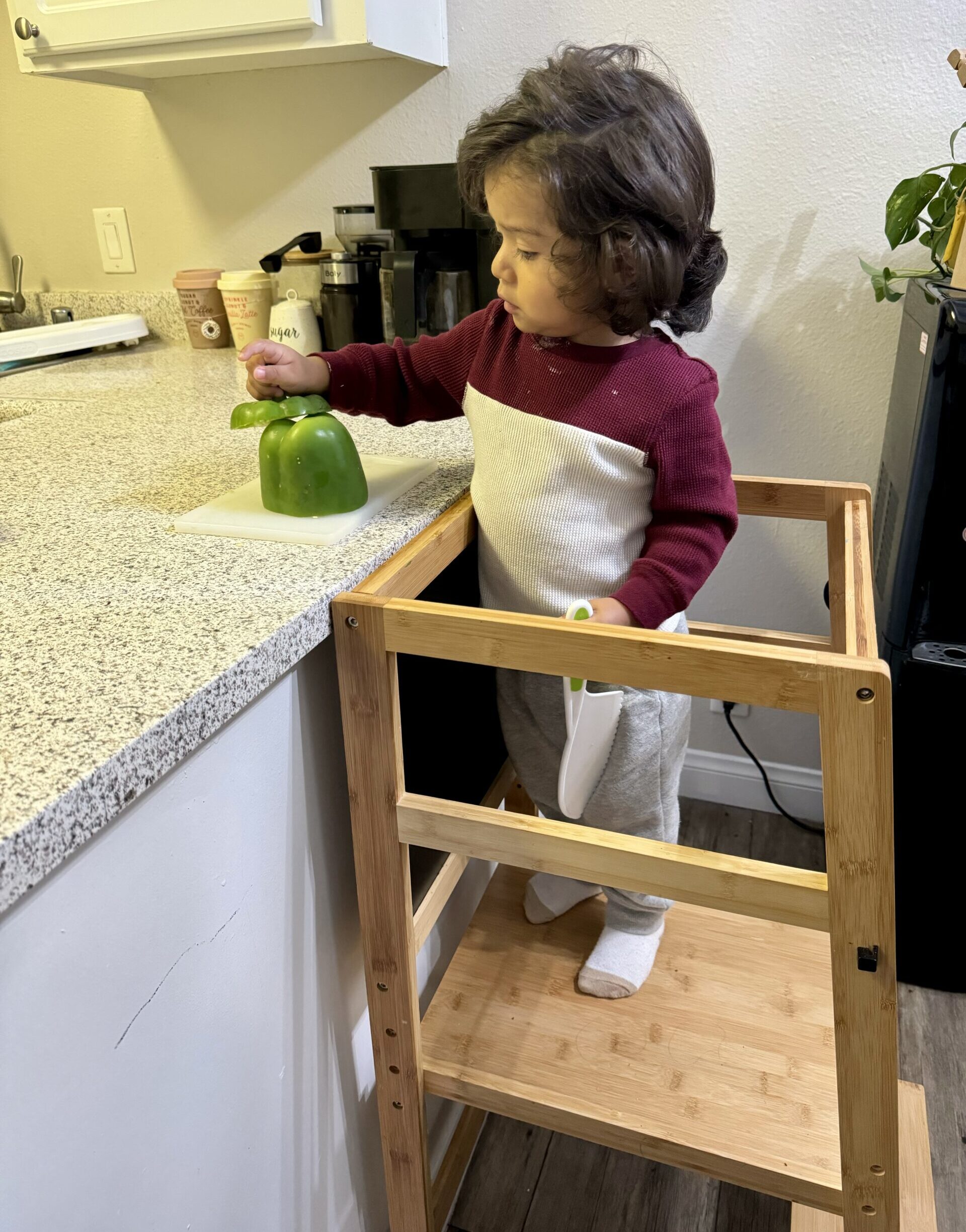My journey into Amazon FBA private labeling began in 2018, now in 2024, is Amazon still FBA worth it?
Here is my story.
When I first heard of this, it sounded like a wonderful dream, generating passive income from anywhere in the world with just a laptop, all while retaining my freedom to be with my kids.
So, without wasting any more time, I threw myself into product research. After countless days and hours, I took the leap and placed an order for 500 units of my product to be made.

Fast forward a year, and I decided to spice things up with a second product, another 500 units ordered.
As for my product, I opted for a niche in home decor. I found a hole in the market for a product with low competition and saw a chance to bring in something fresh and innovative.
If you’re curious about how these products performed for me, feel free to drop a comment, and I’ll be happy to write a dedicated blog post.
AAAH!! I was jumping with joy when I got the news that it was good to go and ready to launch!
Sounds easy, right?
NOT.
Even though I was making daily sales, looking back on my first year, I realize I made a ton of mistakes. Some major ones that ended up draining thousands of dollars from my bank account and leaving it in shambles!
Here are 6 mistakes to avoid as a beginner on Amazon FBA. Take it from experience.
1. Don’t Let Perfectionism Stall Your Growth
I know it might sting a bit, especially for those of us who strive for perfection. But here’s the reality: spending too much time chasing perfection can actually slow down your growth.
Instead, focus that time on scaling up your Amazon FBA business efficiently and make your efforts worth it. Find a good balance between quality and efficiency to keep moving forward.
Take it from my own experience—I was spending too much time and money focusing on designing the perfect logo for my brand and having the best packaging on the market. Although all these things do matter, I soon realized that diverting resources towards scaling my brand proved far more beneficial in the long run.
2. Avoid Using Heavy PPC
This is a HUGE ONE!! PPC, or pay-per-click, is a vital strategy for gaining visibility given how intense the competition is.
Basically, it works like an auction. You throw in bids on keywords you want to target and then compete with other advertisers for ad space. More ad space means more buyers are looking at your product and ready to swipe their credit cards!

But, here’s the thing: if you don’t handle it correctly, PPC can drain your budget faster than you can say “click.” Especially when your product is brand new without any history or customer reviews. I speak from personal experience—I’ve fallen victim to improper PPC usage, and let me tell you, it can cost you hundreds, even thousands of dollars if you’re not careful.
Instead, what I’ve learned is that PPC should be more of a sidekick to your overall strategy.
The key to a successful launch and sustainable growth is building an audience before you even hit the launch button. Don’t worry – we’ll talk about that next.
3. Don’t Start Your Launch Without an Audience
When you first launch your product, it feels like the only ones cheering for it are crickets, maybe your mom and dad. Without an existing audience, it’s tough to get anyone interested in buying.
However, if you build an audience, you’re not just attracting visitors—you’re building a community that’s ready to engage and buy. This loyal following becomes your direct pathway to selling your product, increasing your chances of turning visitors into customers.
Then, when you combine this organic growth with PPC advertising, you can climb search engine rankings faster. This means you get to the top of the first page quicker and save money on paid ads, making the most of your budget.
Here is an example of this:
Take Emily Sanchez, a small business owner of her company Classy Casita. She’s a content creator known for her expertise in lifestyle, home decor, and plants.

Emily began by sharing her passion for plants and home decor through a blog and steadily grew her social media presence.
When she decided to launch her own product line, starting with Moisture Meters sold on Amazon and other retailers, she already had a significant following eagerly awaiting her offerings.

Emily’s success demonstrates the power of building an audience. Her followers were not just passive spectators; they were actively interested in what she had to offer because they trusted her expertise and recommendations.
There are various ways to build an audience, including blogging, email marketing, and social media engagement. Emily’s journey really tells the importance of cultivating a dedicated following that can later translate into loyal customers.
4. Don’t Navigate Amazon FBA Alone: Seek a Mentor
Having a mentor at the start of your Amazon FBA journey can be a real time-saver. When I first started out, I wasted hours reading blogs and watching free videos online. The trouble was, everyone seemed to have their own approach, and I ended up feeling lost and overwhelmed, like I was going in circles.
Eventually, I decided to invest in a course, and it made all the difference. It was clear, easy to follow, and packed with valuable information. Finally, I had a roadmap to follow, and it made navigating the world of Amazon FBA much smoother.
So, if you’re thinking “are amazon fba courses worth it?” The answer is, yes.
Here are the courses I enrolled in:
Ecom Limitless by Yaniv Itskovich
What drew me to this course from the get-go was Yaniv’s evident expertise in Amazon FBA. He had a wealth of knowledge and experience that I knew I could trust. What set this course apart for me was the personalized 1-on-1 mentorship directly from Yaniv himself. Unlike many other courses that outsource assistance, having direct access to the mentor was crucial to me. I believe it’s essential to choose a course where you’re guided every step of the way and have someone readily available to help when you hit a roadblock.
The current cost of this course is $497.
FBA Winners PPC Advanced Tactics by Tamara Tee
This course was for sellers who had been selling on Amazon for a while but wanted to strengthen their PPC skills. I wanted to learn more about PPC and gain a solid understanding of it. The course provided exactly what I was looking for, an in-depth explanation on how PPC works combined with real metrics. It also included helpful PDF files that were easy to read and study.
***It’s worth mentioning, I purchased this course back in 2019, so I’m not sure about the current price or if Tamara is still offering the PPC Tactics course.
5. Avoid High-Competition Pitfalls in Amazon FBA Product Selection
It’s really important not to choose a niche that’s too competitive. It might seem obvious, but it’s easy to overlook, especially if you’re passionate about a certain product.
Here’s a little story from this Amazon seller I ran into:
I met Sarah at an Amazon FBA meetup group. She had been on the lookout for the perfect travel bag but couldn’t seem to find one that met all her needs. That’s when she decided to take matters into her own hands and create her own duffel travel bag.
The final product was truly stunning, crafted with top-quality materials and boasting a sleek design. It was hard not to fall in love with it!
So, what was the problem with this magnificent idea?
The issue here was the intense competition in the niche. Even though Sarah created a top-notch duffel travel bag, the market was already crowded with big players like Herschel, Nike, and Adidas. Trying to compete with them for a fair price was just too tough. In the end, she had to stop selling the product.
It is crucial to research the market and its competition before taking the plunge. It’s natural to get carried away with the allure of a “passion product,” but overlooking the competitive market will cause you disappointment and wasted time.
6. Don’t Spend Money On Photos
Having professional photos for your product is definitely key since they catch the customer’s eye. However, you don’t have to shell out hundreds of dollars for them, especially if you’re on a budget and still expanding. You’d be surprised by what you can achieve with just an iPhone camera and editing.
I spent $300 USD for photos of my first product, only to realize that I never ended up using them. Instead, I decided to do it myself in my living room, and they turned out amazing! What’s more, my customers didn’t seem to mind at all. In fact, I’ve received several 5-star reviews for my product despite using these more budget-friendly photos.
Here’s a product photo I took as an example. I simply used my iPhone, took advantage of natural lighting, and made a few adjustments with the Facetune app to sharpen the image.

Is Amazon FBA Still Worth It for Stay-at-Home Moms?
The answer is, absolutely. Selling through Amazon FBA can be quite profitable and worth it, with most sellers making over $1,000 per month. As a stay-at-home mom, I find it to be the perfect avenue to pursue while balancing mom life and work. The quiet hours before my kids woke up and after they went to bed were my golden moments.
However, it’s crucial to have a solid business strategy in place before diving in. You need to carefully consider all the aspects that come with selling on Amazon FBA, including expenses, marketing, and inventory control. It’s a fantastic opportunity, but it requires thoughtful planning and execution.
Here is how Amazon FBA works:
Tools I Used to Find Amazon FBA Product Ideas
With so many products out there, it can be tough to figure out what customers actually want to buy. These tools were incredibly helpful when searching for winning products through keyword research.
- Helium 10 is a powerhouse with a ton of functions. You can dive deep into Amazon’s marketplace for precise research. It covers everything from monthly sales and revenue to optimizing listings and keyword research.
- Jungle Scout is another valuable tool that collects important data directly from Amazon’s pages. It provides insights into product demand, competition levels, and other key details essential for effective product research.
- Similarly, AMZScout is designed to aid in product research by gathering data to help you identify potential winners for your product launches.
Final Thoughts Before Launching Your Amazon FBA Venture in 2024
In 2024, Amazon FBA is still worth it, but with millions of sellers competing for attention, standing out requires strategic planning and execution.
Things to consider:
- Build Your Own Community: Establishing a dedicated community of potential customers is essential. This can be achieved by creating a blog or cultivating a following on social media platforms such as TikTok, Instagram, YouTube, and Facebook Groups.
- Source Innovative Products: Instead of selling the same products as everyone else, focus on sourcing new and innovative products within a specific niche with low competition. Selling identical items as other sellers often leads to a race to the bottom in terms of pricing. It’s essential to offer something unique to capture the market’s attention and maintain profitability.
By giving these tactics a shot, you’ll set yourself up nicely to find your groove in the hustle and bustle of Amazon FBA.








